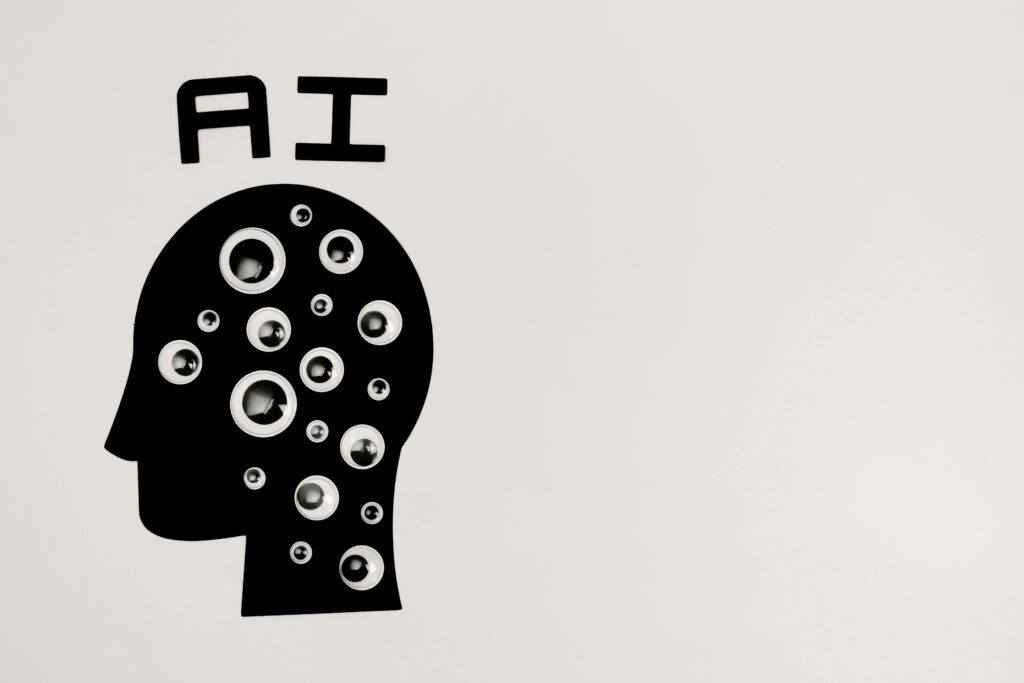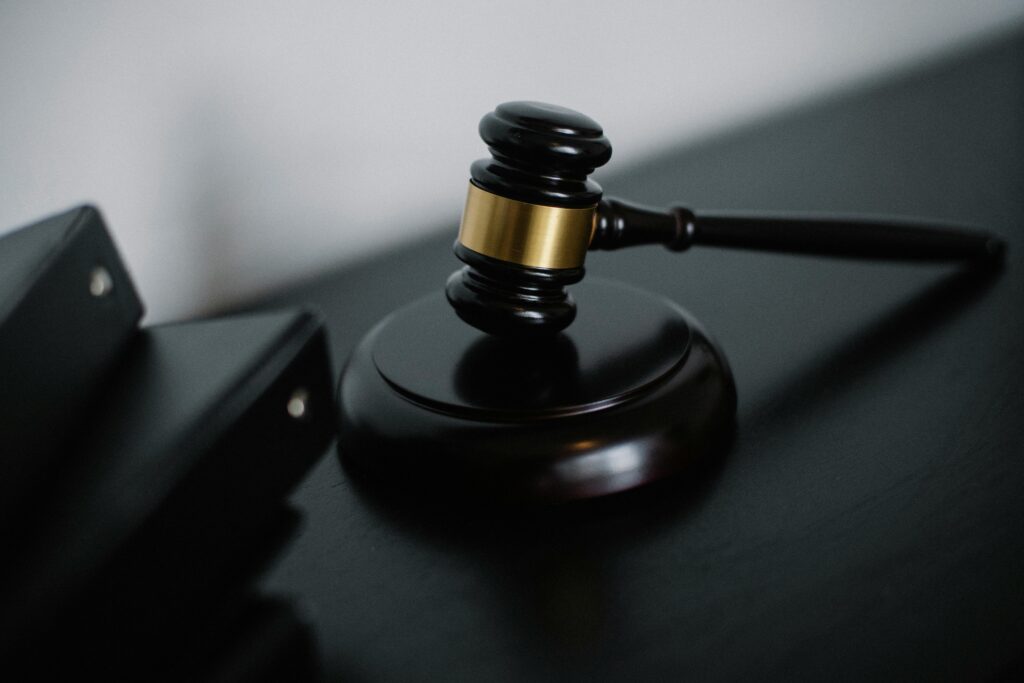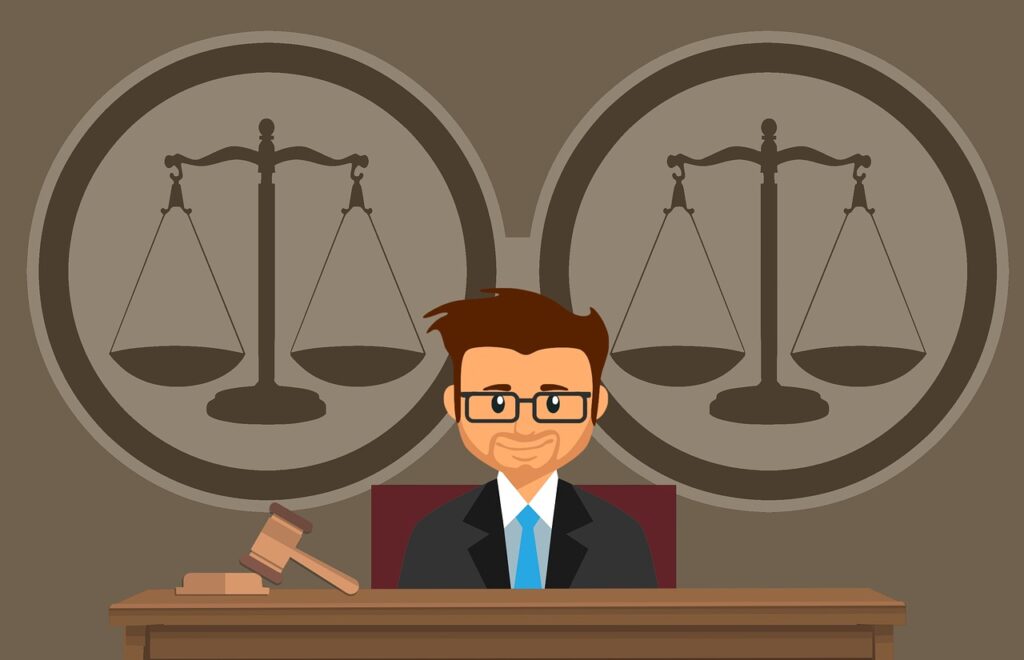Published On: 4th July, 2024
Authored By: Pawni Singh
Asian Law College
INTRODUCTION:
Euthanasia, the deliberate termination of a person’s life to relieve suffering, is a deeply controversial aid complex issue that intersects with medical ethics, human rights, and legal frameworks. While some argue for the right to die with dignity, others raise concerns about it. It has the potential to abuse the sanctity of life. This article aims to explore the legal aspects of euthanasia, examining the diverse approaches taken by different jurisdictions and the implications for individuals and society.
LEGAL FRAMEWORK:
The legal status of euthanasia varies significantly from country to country. Some nations, such as the Netherlands, Belgium, Canada, and certain states in the United States have legalized some form of euthanasia or physician-assisted dying under specific conditions. In these jurisdictions, legislation often includes safeguards to ensure that the decision is voluntary, well-informed, and made by competent individuals facing unbearable suffering.
Conversely, many countries, including most of the world, maintain strict prohibitions on euthanasia and assisted suicide. These laws are often rooted in ethical religious, or cultural beliefs that prioritize the preservation of life and the protection of vulnerable individuals. In some cases, individuals may face criminal prosecution for participating in or facilitating euthanasia.
LEGAL AND REGULATORY CHALLENGES:
The legalization of euthanasia presents several legal and regulatory challenges that policymakers, healthcare providers, and society must address. Some of the key challenges include:
- Definition Scope: One of three primary challenges is defining the scope of euthanasia and establishing clear criteria Different jurisdictions may have varying definitions and criteria, leading to inconsistencies and confusion. Determining wino qualifies for euthanasia, under what circumstances, and what procedures should be followed can be complex and contentious.
- Safeguards and Oversight: Legalizing euthanasia requires robust safeguards and oversight mechanisms to prevent abuse, coercio111, and discrimination. Safeguards may include multiple medical assessments, consultations with healthcare professionals, and judicial reviews implementing effective oversight mechanisms to ensure compliance with illegal requirements and ethical standards is essential but can be challenging to enforce
- Informed Consent: Ensuring that individuals provide voluntary and informed consent is crucial in euthanasia decision-making. However, determining the capacity of individuals to make such decisions, especially in cases of severe illness or disability, can be Legal frameworks that must address issues of competence coercion and trine validity of advance directives or living wills.
- Healthcare Infrastructure and Access: Legalizing euthanasia raises questions about the adequacy of healthcare infrastructure and access to palliative care services. Providing comprehensive end-of-life care, including palliative care, pain management, and psychological support is essential to ensure that individuals have viable alternatives to euthanasia. However, disparities ill healthcare access and resource availability may limit options for some individuals particularly those from marginalized or underserved
- Professional Ethics and Training: Healthcare professionals play a central role in euthanasia decision-making and Legalizing euthanasia requires addressing ethical concerns among healthcare providers, ensuring that they receive appropriate training and support, and protecting their right to conscientious objection. Balancing the rights of patients with the rights of healthcare professionals and upholding ethical standards of care can be challenging in practice.
- Public Perception and Stigma: Euthanasia remains a highly controversial and stigmatized issue in many societies. Legalization may face opposition from religious, cultural, 0Ir moral perspectives, leading to public debates and social
- Addressing public perceptions, educating the public about the complexities of euthanasia, and fostering open dialogue are essential to promoting understanding and
Overall, addressing these legal and regulatory challenges requires a comprehensive approach that balances individual autonomy and dignity with the protection of vulnerable individuals and the promotion of ethical healthcare practices. It involves collaboration among policymakers, healthcare professionals, ethicists, and stakeholders to develop and implement effective legal frameworks that reflect societal values and priorities.
LEGAL PERSPECTIVE IN BHARAT:
Euthanasia, also known as “mercy killing” or “assisted suicide,” remains illegal in India. The legal framework regarding euthanasia in India is primarily governed by two significant cases and subsequent guidelines:
- Aruna Shanbaug Case (2011): In 2011, the Supreme Court of India delivered a landmark judgment in the case of Aruna Shanbaug, a former nurse who had been in a vegetative state for over 42 years following a brutal sexual The court ruled that passive euthanasia, specifically the withdrawal of life sustai111ing treatment, could be permitted under certain circumstances.
- The judgment established guidelines for the implementation of passive euthanasia, requiring that the decision to withdraw life support must be made by a High Court after obtaining the opinion of a medical board. It emphasized the importance of considering the wishes of the patient if known, and ensuring that the decision is in the best interest of the
- Common Cause.Union of India (2018): In a separate case in 2018, the Supreme Court of India further clarified the legal status of euthanasia in the country. The court recognized the concept of “living wills,” allowing individuals to document their preferences regarding end-of-life medical treatment in advance. This decision aimed to uphold the right to die with dignity and autonomy, even if the individual becomes incapacitated in the future.
The court outlined detailed guidelines for the execution and validity of living wills, including the requirement for certification by a medical practitioner and scrutiny by a judicial magistrate. It emphasized the importance of ensuring that the decision to refuse treatment is voluntary, well-informed, and made without any external pressure or influence.
Overall, while India does not have specific legislation addressing euthanasia, the legal framework established by the Supreme Court in the Aruna Shanbaug and Common Cause cases provides guidance on certain aspects of end-of-life care and decision-making. The focus is primarily on respecting individual autonomy and dignity while safeguarding against potential abuse or coercion. However, active euthanasia, where a person takes direct action to end another person’s life, remains prohibited under Indian law.
CONCLUSION:
Euthanasia remains a contentious and divisive issue that raises fundamental questions about human rights, medical ethics, and the role of law in regulating end-of-life.-life decisions. While some jurisdictions have moved towards legalization, others maintain strict prohibitions rooted in moral and cultural values.
As society grapples with the complexities of euthanasia, it is essential to engage in thoughtful dialogue, informed by medical expertise, ethical principles, and respect for diverse perspectives. Ultimately, the legal landscape of euthanasia reflects a delicate balance between individual autonomy, societal interests, and the protection of vulnerable individuals.




